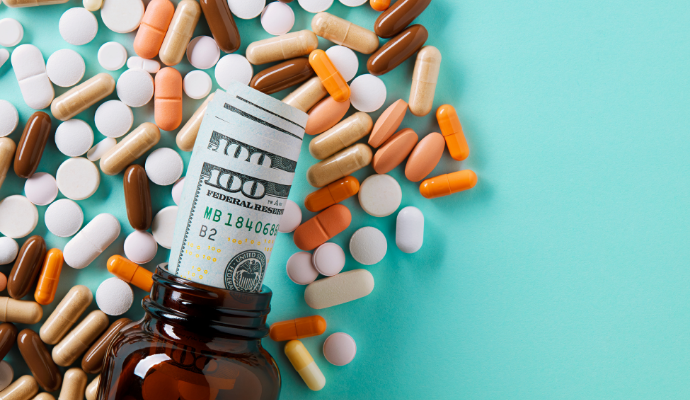Medicare Prescription Drug Prices Doubled Since 2005
The increase in prescription drug prices is linked to a 2005 change in how Medicare reimburses doctors and other providers for Part B medications, Duke researchers said.

Source: Getty Images
- Launch prices for prescription drugs have doubled since 2005, according to researchers from Duke University’s Fuqua School of Business.
David Ridley, health economist and Fuqua strategy professor who co-authored the research, stated that the data links the increased prices to a 2005 change in how Medicare reimburses doctors and other providers for Part B medications.
The change was intended to fix the previous reimbursement policy based on a drug’s average wholesale price.
Medicare Part B pays healthcare providers back based on a drug’s past sales price, plus four to six percent. As a result, costs will continue to rise as long as Medicare reimburses providers based on the approach.
“Medicare leaders have suspected for many years that we got the fix wrong,” Ridley, who collaborated on the research with Chung-Ying Lee, a Duke alumnus and now at National Taiwan University, said in the announcement.
“Some have proposed experimenting with different mechanisms. But small experiments won’t work. To move the market, you need to implement changes at scale. That’s why we wrote this paper – to highlight flaws in the current system using theory and evidence,” Ridley continued.
Ridley also explained that providers might have become less price-sensitive and less concerned about drug costs being high because they are reimbursed based on a drug’s cost.
Current policy may also persuade firms to assign costs to their launch pricing even higher than profit-maximizing price. Ultimately, doing so would win higher reimbursement for providers and increase demand and willingness to pay in the future.
In 2018, Seema Verma, former Medicare administration, called this imitative a “perverse incentive for manufacturers to set higher prices.” But the effect appears mostly with new drugs based on new molecules.
Ridley explained that manufacturers of new molecules could launch at higher prices because they are less constrained by public expectations of drug prices.
But data showed that the policy change has increased prices for molecules that have been on the market for years, a problem that will continue to grow as drugs launched over the past 20 years make up a larger share of the drugs on the market.
For example, the acquisition price for budesonide, a steroid used to treat asthma and COPD, increased from $1.75 before the Medicare Modernization Act to $5.34 per milliliter after the change.
And over five years, between 2005 and 2010, Medicare Part B drug spending increased from $13.3 billion to $16.5 billion. And from 2010 to 2015, spending increased from $16.5 to $25.7 billion, researchers explained.
Researchers suggested a reimbursement model based on a fixed, per-unit amount to curb drug prices. A model would force providers to be more sensitive to the price and manufacturers would have less incentive to choose a high launch price to increase future prices, Ridley said.
“I think the solution is to pay not cost-plus, but based on the cost effectiveness of the drug,” Ridley explained. “The British do this with some success. They pay for drugs based on value, where they measure value by the quality-adjusted life years added by the drug.”
“Health care systems in many countries, including in the U.S., are moving toward value-based care, and value-based drug reimbursement would be another aspect of that reform,” he concluded.
